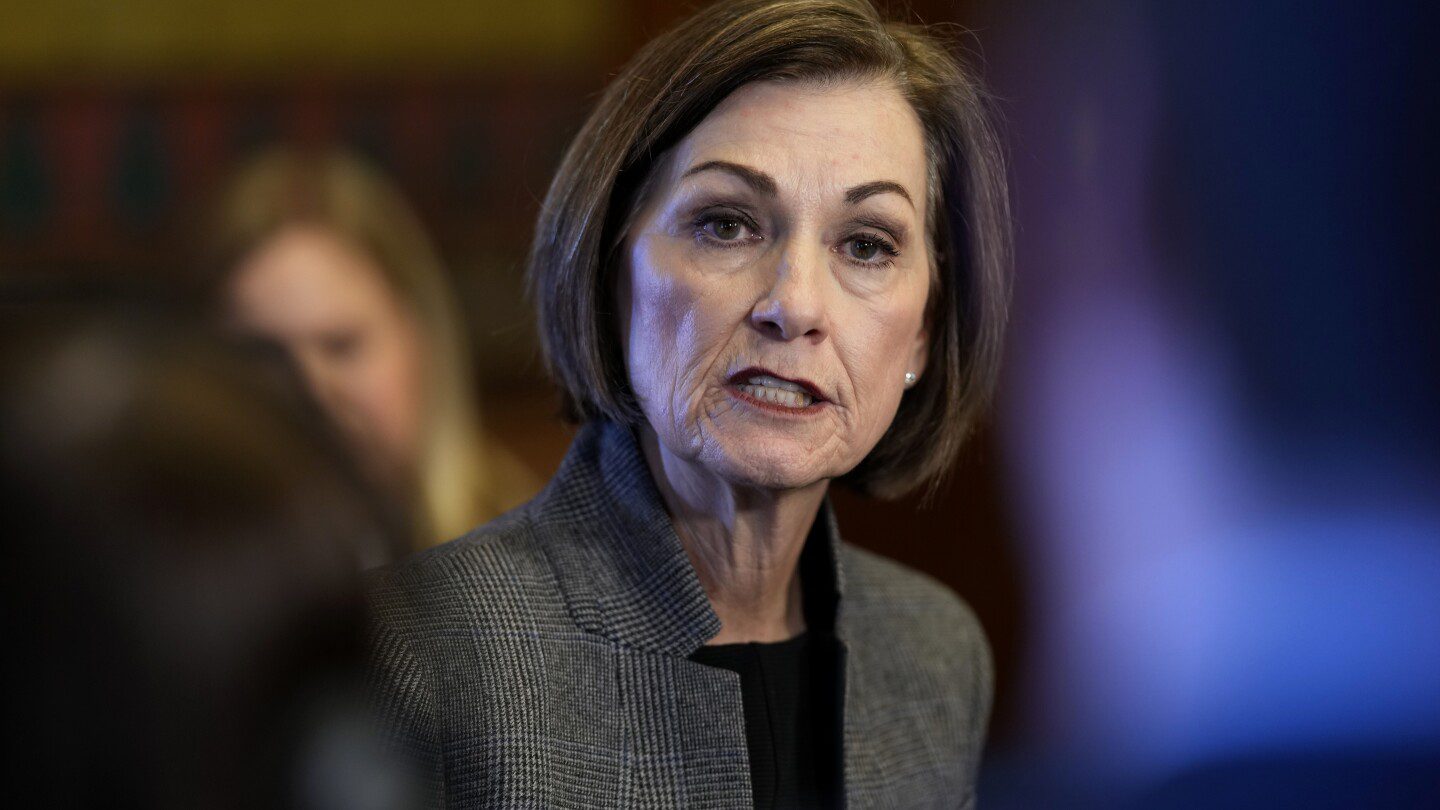
WASHINGTON (AP) — President Donald Trump is poised to disrupt the global trade landscape by signing an order as early as Wednesday. This directive would mandate that U.S. tariffs on imports align with the tax rates imposed by other nations.
“It’s time to be reciprocal,” Trump stated to reporters this week. “You’ll be hearing that term quite a bit. Reciprocal. If they impose charges on us, we will reciprocate.”
Although the president had hinted that the order would be announced on Tuesday or Wednesday, when Tuesday passed without an official declaration, he was asked if Wednesday would be the day. Trump responded, “We’ll see what happens.”
Since taking office, Trump has been actively implementing a series of tariffs, fully embracing the U.S. economic direction. He believes that his fiscal strategies will ultimately yield significant benefits for voters, even acknowledging that import taxes might lead to financial challenges like inflation and economic disruptions. The eventual impact will hinge on the specifics of these tariffs and the reactions from other countries.
A reciprocal tariff system could lead to significant tax increases that would primarily burden American consumers and businesses. According to the Census Bureau, the U.S. recorded total imports of $4.1 trillion last year. These tariffs might provoke retaliation from trading partners, potentially destabilizing global economic growth and altering the United States’ relationships with allies and adversaries alike.
By enacting this order, Trump would be adhering to his long-held commitment to elevating taxes on most imports, which starkly contrasts the approach of his recent predecessors who viewed tariffs as either strategic tools or barriers to be minimized. Trump aims to reverse modern practices, aspiring to return the U.S. to a time when tariffs on imports were a primary revenue source for the government back in the 1890s.
However, if job growth fails to materialize and inflation persists, Democrats may easily critique Trump for allegedly aiding the wealthy at the expense of the middle class.
“Regardless of how it’s framed, prices are going to increase for consumers,” asserted Senate Democratic leader Chuck Schumer of New York earlier this month. “I will collaborate with my colleagues to rectify this issue, reduce costs, and curb the influence of these billionaires.”
Trump imposed a 10% tariff on China, attributing it to the country’s role in manufacturing the illicit drug fentanyl, which has provoked retaliatory actions from China. He has indicated readiness to impose tariffs on Mexico and Canada after a 30-day grace period, asserting they should do more to combat illegal immigration and drug trafficking.
On Monday, he also ended exemptions for his 2018 steel and aluminum tariffs and increased aluminum tariff rates. Further taxes on imported automobiles, computer chips, and pharmaceuticals have also been discussed.
Numerous major trading partners of the U.S. are bracing for potential economic upheaval in response to Trump’s anticipated actions.
In reaction to the steel and aluminum tariffs, European Union chief Ursula von der Leyen remarked on Tuesday: “Unjustified tariffs on the EU will not go unanswered — they will provoke firm and proportionate countermeasures.” This could lead to U.S. products such as motorcycles, jeans, bourbon, and peanut butter facing new taxes abroad. Both Mexico and Canada, significantly important trading partners, have also prepared their own counterresponses.
While multiple aides have indicated that Trump’s long-term intentions with tariffs center around reciprocity, he has also positioned them as a diplomatic tool aimed at compelling Canada and Mexico to allocate more resources toward restraining illegal immigration and drug trafficking into the U.S. Additionally, he has repeatedly suggested that tariffs could provide revenue to counterbalance his proposed income tax reductions.
Despite Trump’s assertions, analysts from Goldman Sachs noted on Tuesday that this order is likely not the final directive regarding tariffs.
“Even if the President perceives reciprocal tariffs as a temporary measure, we are still in the early weeks of a four-year presidential term, suggesting that many more tariff announcements are likely forthcoming,” asserted analysts from the investment bank.
Michael Zezas, a strategist at Morgan Stanley, noted in a Sunday report that the evolving “tariff trajectory” will influence growth, inflation, interest rates, and Federal Reserve policies throughout the year.
“This represents a significant shift from the globalization era, where companies minimized costs by outsourcing labor and materials,” Zezas commented. “This transition may unfold over several years, presenting challenges for some while creating substantial opportunities for others.”









